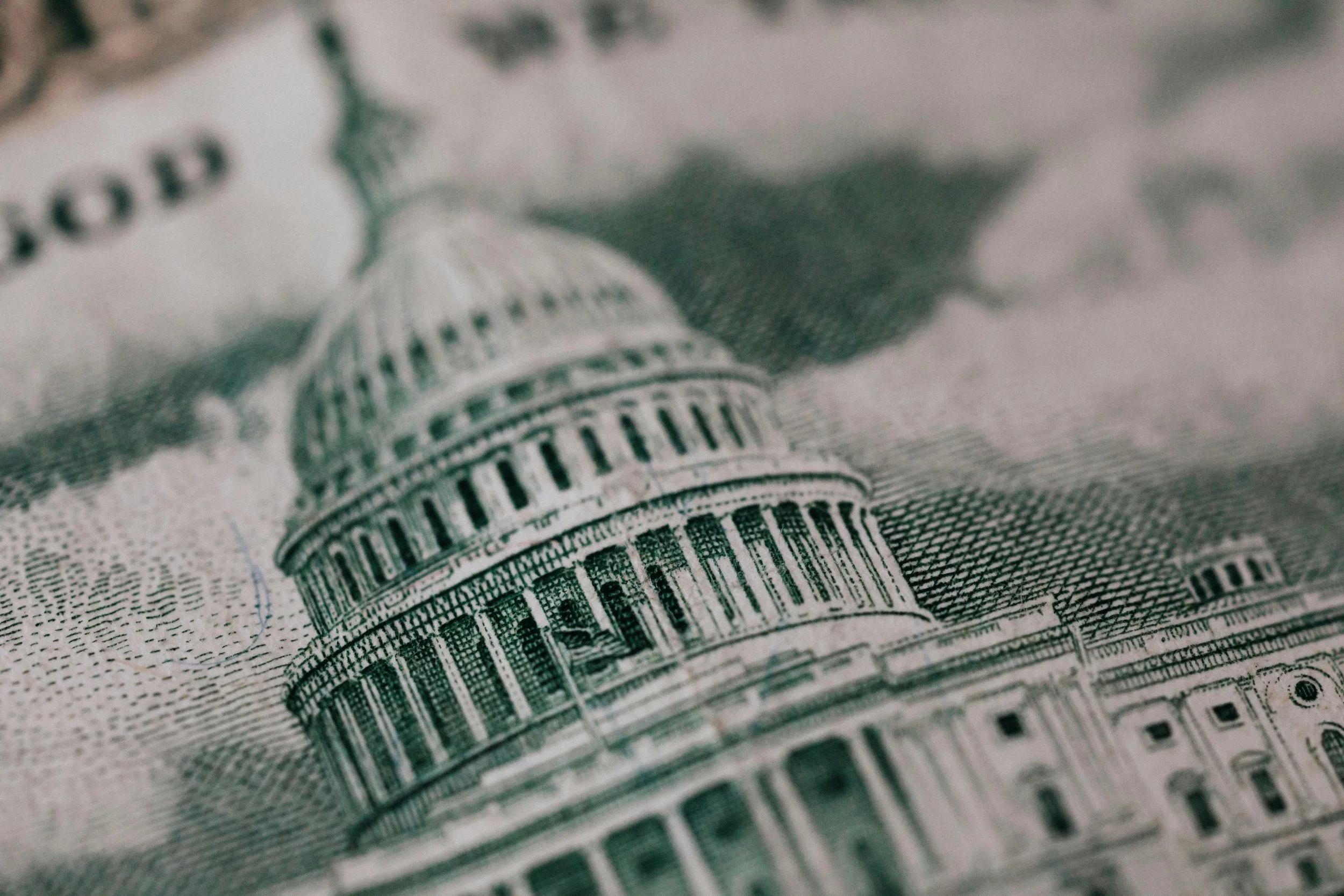Backdoor Roth IRA & The Pro-Rata Rule: A High-Net-Worth Investor’s Guide
For many high-income earners, direct Roth IRA contributions are off the table due to IRS income limits. But that doesn’t mean the door is closed. Enter the Backdoor Roth IRA—a strategy designed to preserve Roth IRA tax advantages while sidestepping income restrictions.
Yet, as with all advanced wealth strategies, the details matter. One IRS rule in particular—the Aggregation / Pro-Rata Rule—can trip up even savvy investors, creating unexpected tax consequences. Here’s how to navigate it.
The Backdoor Roth IRA: How It Works
A Backdoor Roth IRA allows you to indirectly fund a Roth, even when your income exceeds contribution thresholds.
Step 1: Fund a Traditional IRA
Make a nondeductible contribution with after-tax dollars. No upfront tax deduction is taken.
Step 2: Convert to a Roth IRA
Soon after, convert the Traditional IRA balance to a Roth IRA. Since the funds are after-tax, the conversion is generally tax-free—aside from any earnings accrued before conversion.
Step 3: Enjoy Roth Advantages
Once inside the Roth IRA, your capital grows tax-free, and qualified withdrawals in retirement are also tax-free.
The Aggregation / Pro-Rata Rule: Where Investors Get Caught
The IRS doesn’t just look at the account you’re converting—it looks at all your traditional IRAs combined.
Under IRC §408(d)(2), when calculating the taxable portion of a Roth conversion:
All Traditional IRAs, SEP IRAs, and SIMPLE IRAs are treated as one.
Employer-sponsored plans (like 401(k)s) are excluded.
Why This Matters
If you have both after-tax and pre-tax funds across your IRAs, you can’t isolate only the after-tax contributions for conversion. The IRS applies a pro-rata formula, ensuring each conversion has a taxable portion proportional to the ratio of pre-tax to after-tax dollars in all accounts.
Example:
Total IRA balances: $100,000
After-tax contributions: $10,000
Conversion amount: $20,000
Tax-free portion: ($10,000 ÷ $100,000) × $20,000 = $2,000
Taxable portion: $18,000
Key Considerations for High-Net-Worth Investors
Year-End Snapshot: The pro-rata calculation uses your total IRA balance on December 31.
No Cherry-Picking: You can’t convert just the after-tax money.
Form 8606: Required for reporting nondeductible IRA contributions and conversions.
Five-Year Rule: Each conversion has its own 5-year clock before earnings can be withdrawn tax-free. Early withdrawals may trigger penalties.
Strategic Takeaway
For high-net-worth individuals, the Backdoor Roth IRA can be a powerful tax-advantaged growth tool, but only when executed with precision. Missteps—especially around the aggregation rule—can lead to significant, avoidable taxes.
At Christie Cox, we work with clients to structure tax-smart Roth conversion strategies that align with broader wealth and estate planning goals. Done right, this strategy can help secure decades of tax-free growth and bolster your legacy planning.


